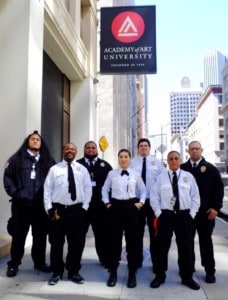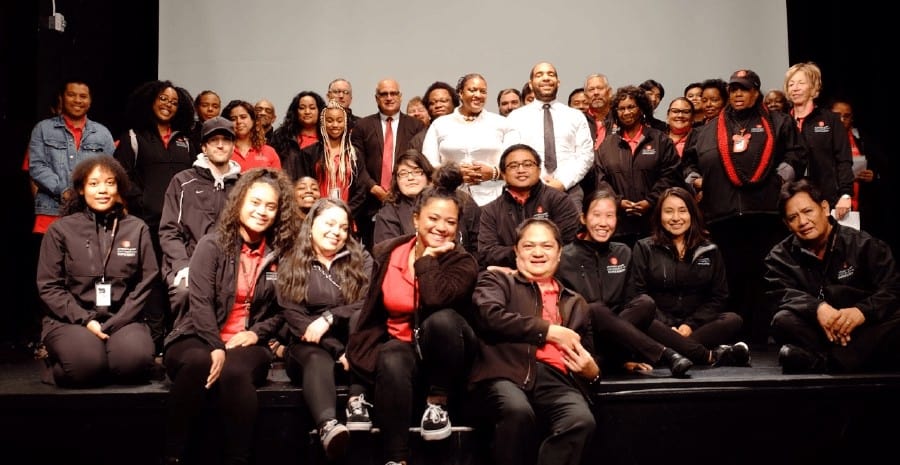The Department of Campus Safety is a diversified organization providing professional safety services to its students, faculty and administrators. The Campus Safety team is a proactive, service-oriented agency trained to respond to the needs of the university and is staffed and equipped to protect with pride, sensitivity, and integrity.
What would you do if someone attacked you? Could you fight back or would you avoid resisting and wait to escape? Only you can decide whether to fight back, but preparing yourself for all possibilities could provide a split-second advantage:
- If someone threatens you, shout and scream for help
- Get to safety
- You have every right to defend yourself with reasonable force with items that you have with you. Items such as an umbrella, hairspray, or keys can be used against an attacker, however, the law doesn’t allow civilians to carry anything that could be described as an offensive weapon


